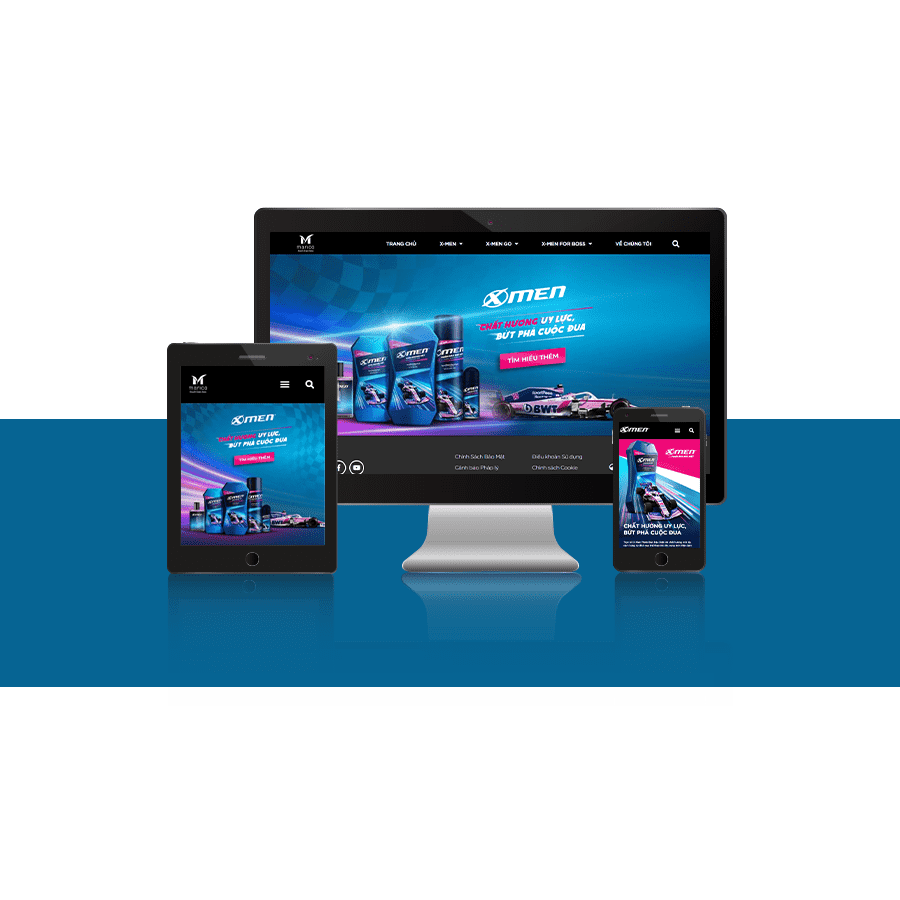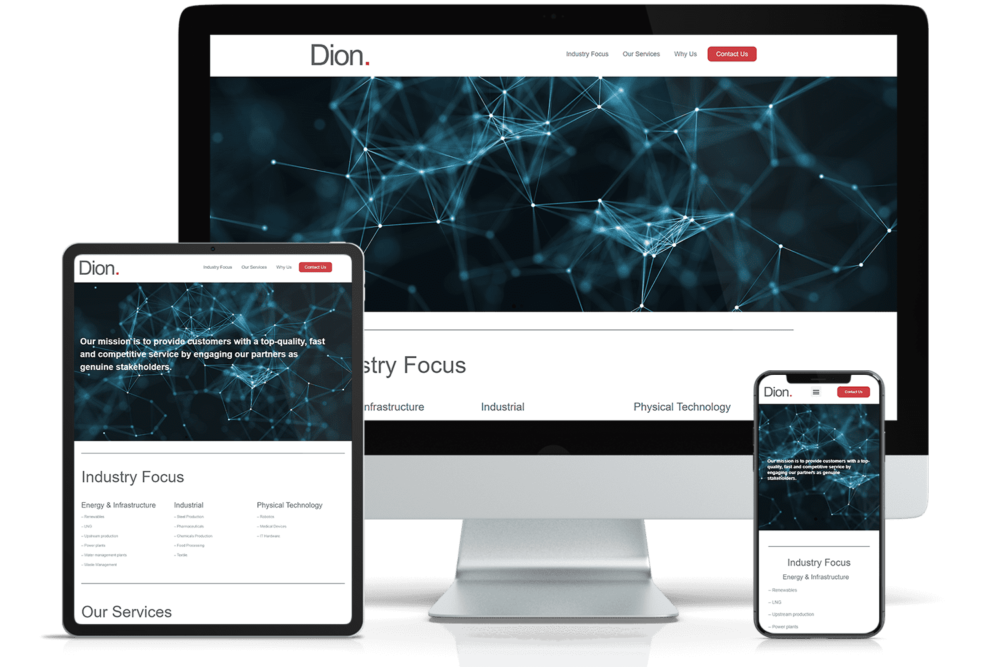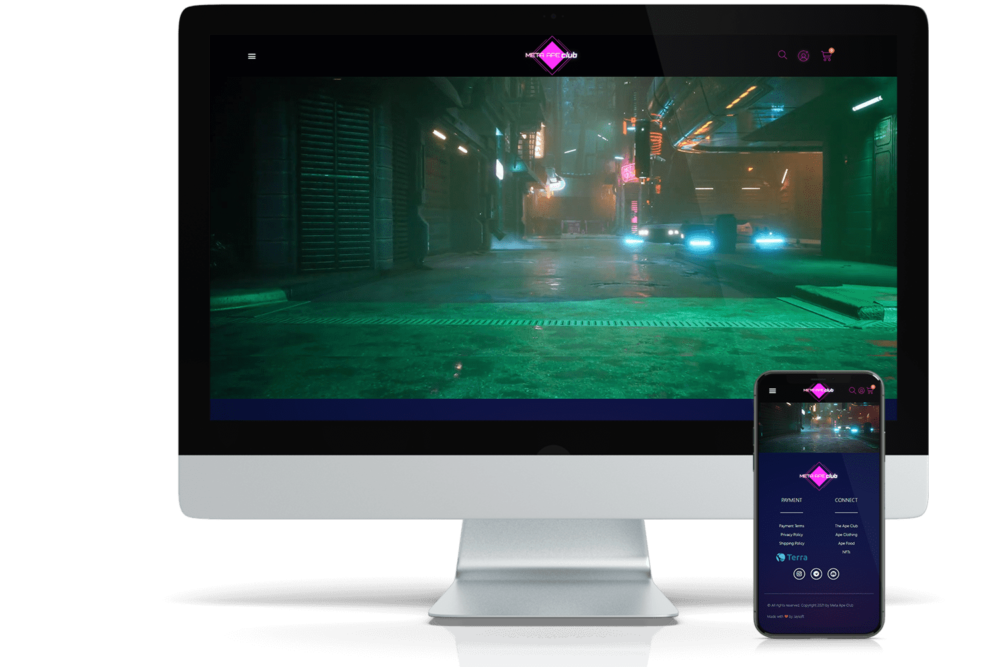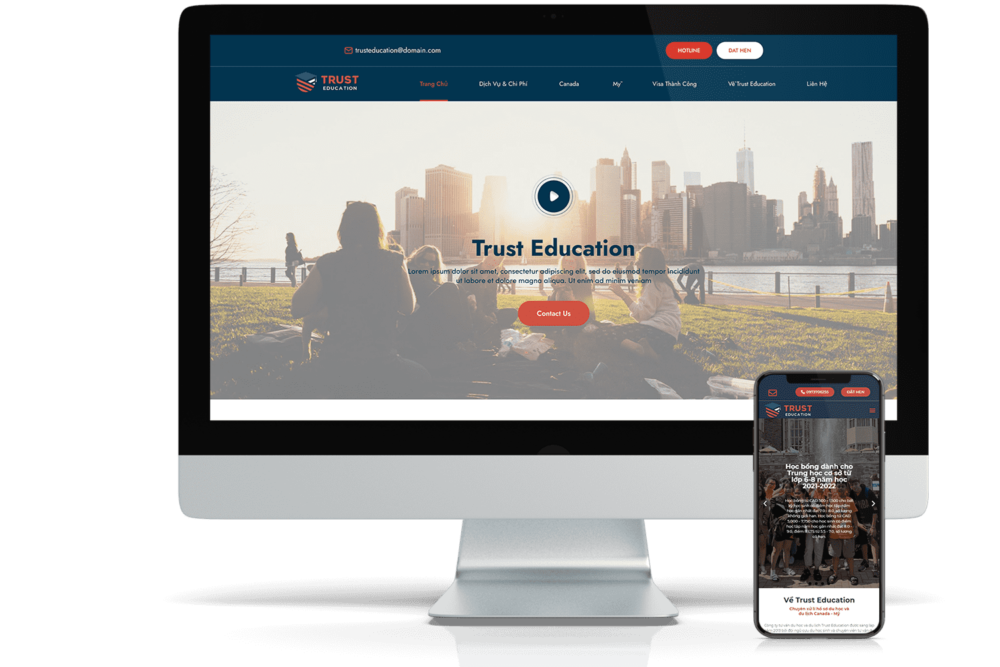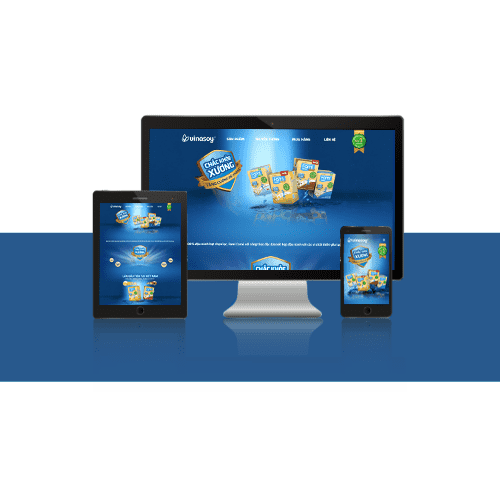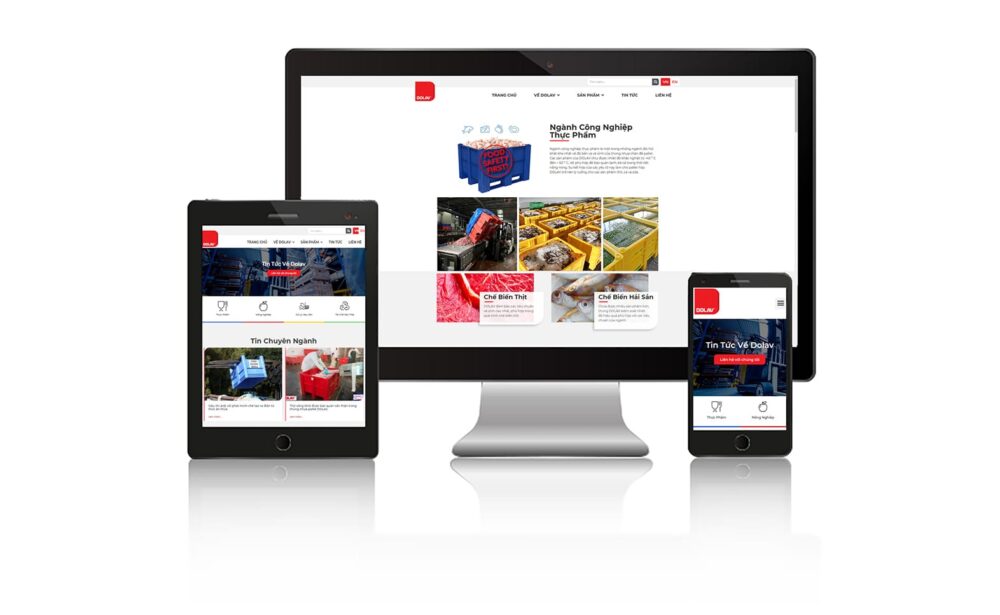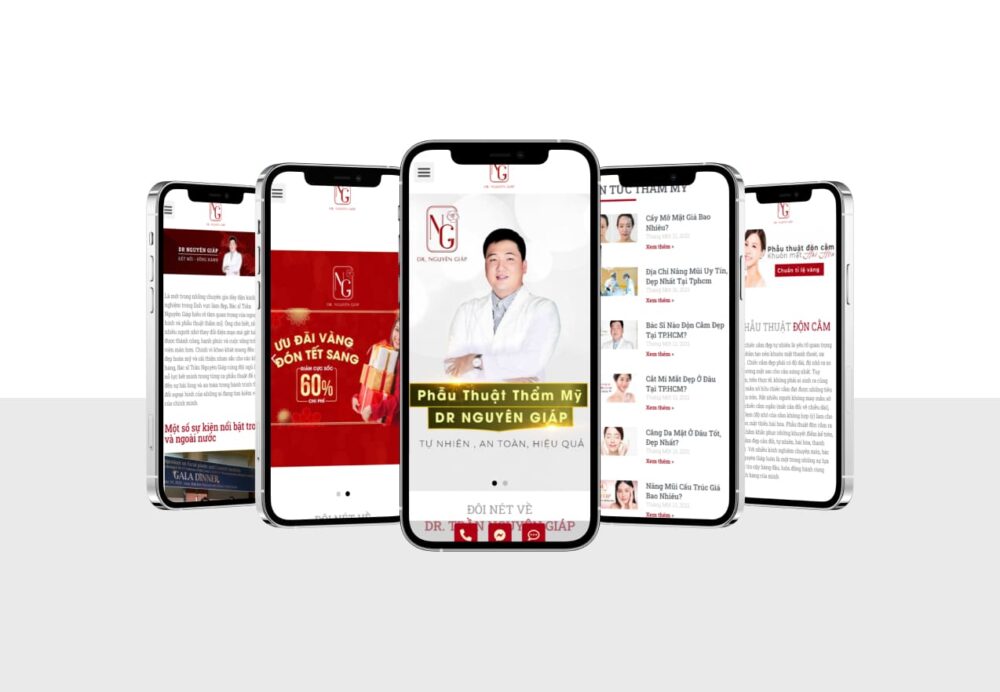There are many different processes to Design a professional website. However, based on experience Website design standard SEO, professional website design for partners large and small, at home and abroad, JAYbranding concluded the process website design with the following 6 common steps.
Step 1: Gather information
The first step in the process Professional website design is to collect information. People often have a saying "garbage in, garbage out", ie what the input is, the output is like that. So, if you do not collect complete and accurate information before starting to build, on website your website may deviate from the original goals and requirements. To be able to collect information effectively, define the following: website design what? Who is your target customer? What content do you want to focus on and focus on for your website? Answer these questions before you start designing a professional website.
Step 2: Make a plan
After taking the first step, put the information you have together and make a plan website design very detailed. Let's start from sketching the diagram for your website. Then, list all the main topics, sub-topics, main pages, and sub-pages that will appear on the website. Next, let's define specific content for each page. This will help you to go from general to detailed without missing any elements. However, no matter what your site map looks like, remember that user experience is always a top priority. You must ensure the design on the website can help users feel most convenient and easy when accessing and searching for information. Do not website design for you but for your users.

Step 3: Design
The third stage in the six-step process is design. Let's start designing the interface for your website. At this stage, you need to keep a few things in mind. First, determine who your target audience is. Website interface for young people will definitely be different from a website for investors in the financial field. Next, you need to make sure that the designs on your website are consistent with the company's brand identity. Whatever your company's color, logo or slogan, the website must show accordingly. Finally, you should ask the staff website design Your project offers at least 3 different designs based on existing ideas. This will help you and everyone in the company can compare and evaluate more accurately the ideas for your website. From there, you can choose the most optimal solution.
Stage 4: Development
The fourth stage is the stage where your website will be realized. In fact, this stage can take place parallel to the third stage. At this stage, web developers will begin to realize the ideas and functions needed on the website. The important thing to keep in mind at this stage is to keep a close eye on the web development team. If you have programming knowledge, set programming principles from the beginning with your employees and regularly check progress and results. If you have no programming knowledge, ask an expert to help you do it. Because, if you don't follow it right from the start, programmers will write the code the way they like it. This leads to difficulties for you later when you need to edit or update your website.
Stage 5: Check and edit
This can be seen as an extremely important stage in the process website design. Often companies in Vietnam are less interested in this stage, so they also do not have their own testing team. However, testing after the website is formed is a must. You cannot be sure that your website is free of any errors in the design process. If you don't double-check your website before launching to the market, you may encounter negative feedback from customers and easily lose their trust. Therefore, you should hire or outsource at least one tester to help you do this. Let them check and edit your website.
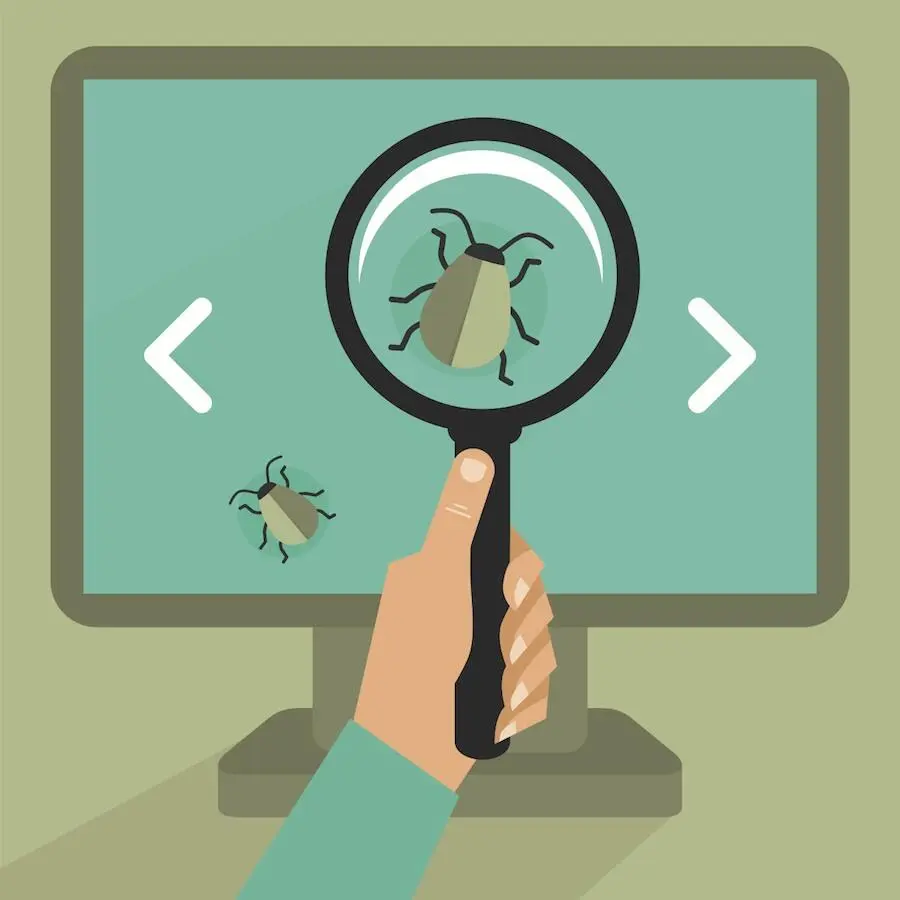
Stage 6: Maintenance
Many people think that the construction process on website ended right after the website was launched into the market. However, a professional website is a website that will have to go through the 6th step - maintenance. No matter how carefully your website is designed, tested and edited, there will always be errors. Not only that, during the operation process, you will certainly receive a lot of customer feedback and you need to edit the website according to those feedbacks. So, plan and set a specific time to update the website. It could be 3 months, 6 months or 1 year. No matter how long it is, make sure you regularly maintain and update your website. You can refer to JAYbranding's website design process here: https://www.jaybranding.com/thiet-ke-trang-web-chuyen-nghiep-chuan-seo/


